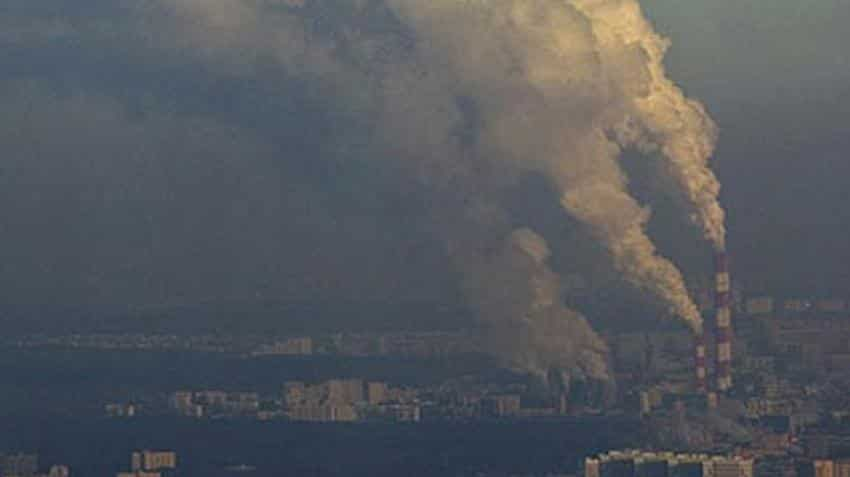What causes most pollution? Here is data
The SAFAR study showed a sector-wise breakup in which the contribution of the emissions from the slums was 27.05 per cent, suspended dust contributed 21.2 per cent, and a total of 35.82 per cent was from the emissions from the industries and the power sector.






